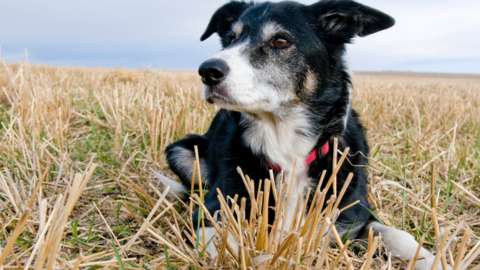
Spring is a lovely time of year. Your doggo gets to frolic with you in the warm air and go on long walks outdoors. But spring allergies can often be confused with a food allergy. They share similar symptoms: itching and diarrhea.
Yet your dog’s symptoms could be alluding to a bigger issue. Wheat allergies can seem like they appear overnight. Your dog was fine for years, until a buildup of wheat products triggered an allergic reaction. Here’s how to tell if your doggo is suffering from a wheat allergy or intolerance.
Wheat Allergy Symptoms
-
-
- Sneezing
- Anal itching
- Behaving abnormally
- Chronic ear infection
- Diarrhea
- Persistent bowel movements
- Chronic skin infection
- Passing gas
-
Call a Veterinarian if your dog has:
-
-
- Breathing problems
- Head is shaking
- Seizure
- Profuse vomiting
-
Do you think your dog has an issue digesting wheat? Wheat allergic reactions are serious. Switching to a wheat free diet will still provide your pooch with all the nutrition they need, without any need for supplements. Don’t compromise on their nutrition and their healthy coat of hair will thank you.
What is Wheat?
Wheat is a cereal grain that has been cultivated for the seed. It’s often used to make bread, pasta, cereal, and pastries, but it’s commonly found as a filler in dog food. It’s also the biggest section on the human food pyramid, and requires 2 servings on the dog food pyramid. But do dogs really need wheat?
Glutens raise the protein level on dog food labels, even though the proteins aren’t as complete as they could be. They also lack an abundant amount of amino acids, which could jeopardize your dog’s health.





